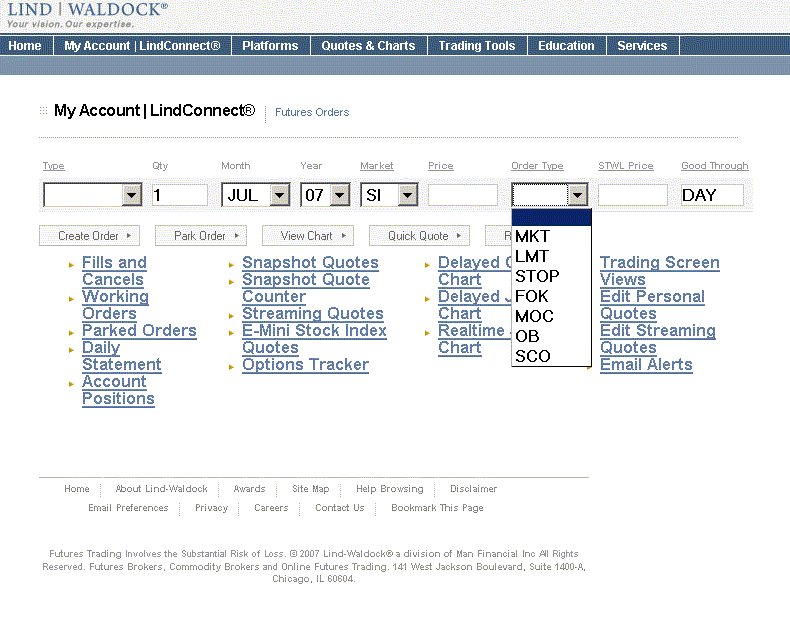- Identify the trend in 'flation and the economy, select the investment area and the direction per the hat basics.
- Consult our own forecasts and other indicators like what the central banks are doing to confirm the timing and direction.
- Look at the price charts of the investment and estimate support and resistance, with all the data we have.
- Determine if the trade has at least a 3:1 but preferably a 5:1 ratio of possible profit to possible loss. If it doesn't, don't do it... period.
- Establish guidelines for the trade in writing, including why we're trading and the level of a mental stop loss, etc.
- We write down everything we think might help in case things go wrong, since that is where we learned what mistakes not to make and what actually does work for us.
- With technical analysis tools like the ones noted here, start looking for a low point for a buy or a high point for a sell.
- For futures, we use real time charts of 1-60 minute duration and for longer term trades use daily, weekly and monthly charts.
- NEVER buy when RSI is above 35-40 or MACD is above zero in average markets, and ensure a trend line has been broken. Use all the tools in order to move the odds to our favor.
- Once in the trade, watch it for trend violations and violations of the underlying reasoning of why we opened the position.
- Trading can be quite emotional and having the original reasons and logic in writing allows us to review it when something unexpected happens and to judge whether we should exit... in an unemotional way.
- If the trend is violated significantly or if the mental stop is hit - get out, regardless.
- Otherwise, hold on until the target price is hit or close to it. Continue using the technical analysis tools and take the profit when the trend changes.
- If an open trade causes enough concern or worry to affect our sleep... exit or lessen the size of the trade - regardless.
- Be aware of manias or excessive valuations and know that they can turn very fast. This is also known as "don't fall in love with your investment" - markets do go both ways.
- We also sometimes use a rule of thirds. Once the trade is definitely profitable, we'll take profit on 1/3 of the position on the first trend break and take a second third when we think the trend has actually peaked. When the trend has been confirmed to have broken, we'll take profits on the final third.
- Continue to study the fields of technical analysis and market sentiment. Tools start and stop working and fall in and out of favor, and new ones are invented.
- To quote market observer Ray DeVoe: "Good judgment comes from experience, but experience comes from bad judgment."
- Yes, it can be quite a lot of work!
|



![]()